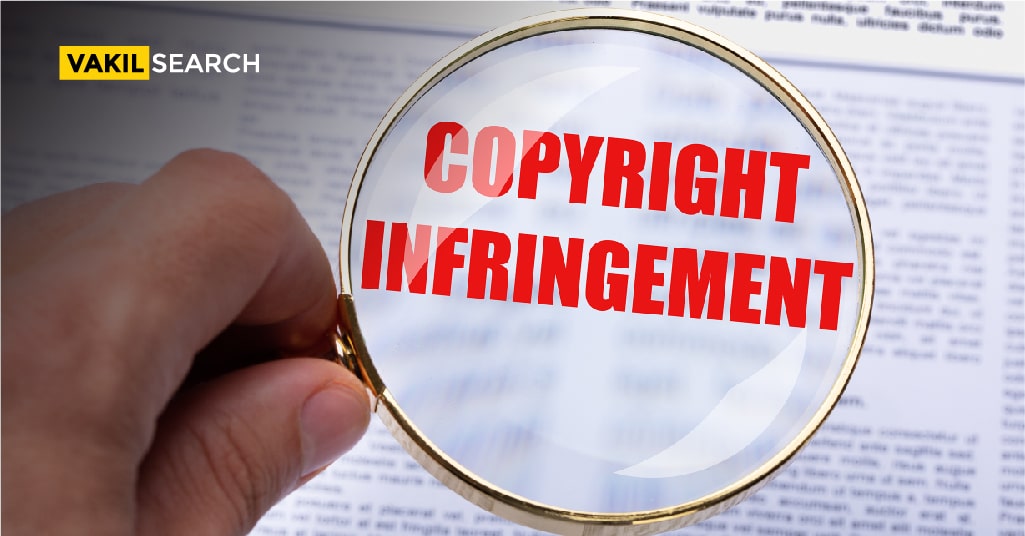Learn the A-Z of how you can win a trademark infringement case in case your brand messaging or your brand logo has been copied
Trademark infringement cases are common due to several grey areas in the interpretation of intellectual property rights law. The last few years have also led to several landmark trademark disputes. This includes disputes such as – Cadbury and Nestle over the trademark of the characteristic blue wrapping. Coca Cola got a trademark over the shape of its bottle, and Fair & Lovely and Emami are still at loggerheads about who gets to use the brand line “Glow and Handsome”.
Trademark litigation can also involve significant costs, documentation and lead to a fall in brand image. This makes it necessary to be well equipped to defend your trademark. In this post, we outline basic pointers on how you can make your trademark win a disputed legal battle.
Understanding Facets of a Potential Trademark Infringement
In every suit, there are two or more warring parties. In the trademark infringement case suit may typically arise between your brand and another, as a result of one or more of the following circumstances
- Your online trademark registration has practised by another business
- Another business with a registered trademark files a complaint against the trademark used by you
- Your unregistered trademark is considered similar by the owner of a registered trademark
- You’re the owner of a registered trademark and a competing business starts using your mark without registration
- You find that a competing business is employing similarity in colour, wrapping, tag lines, product design, logo, brand name or any other distinguishing factor
How to Defend Your Trademark
Whether you’re the owner of a registered or unregistered trademark, your brand identity needs to be protected. It is your business name, logo, combination of colours, the domain name of your website etc, that your suppliers and customers would identify you with. If you come across another business using your trademark, below are some pointers to help you get legal redressal –
1. Find Out the Area of Business of the Infringing Mark
- This should ideally be your starting point, as the basic test that courts use to find out if two businesses using a similar mark is whether it would cause confusion.
- For example, Kellogg’s in the packaged food industry is an established brand, so another business in the same industry with that name is likely to be considered trademark infringement. This makes your case stronger.
- However, even if the infringing brand does not belong to your industry, it could still be deceptively similar to yours.
2. The Duration of the Competing Business and Development of the Mark
- If you’ve established that the competitor infringes your mark deals in a product or service similar to your business, then you must collect some background information. This would include finding out how long they have been in their business
- Additionally, you must also find out how long the infringing trademark has been used
- If the usage of your mark predates their mark, you are likely to have a stronger claim. The courts often tilt in favour of the party that has started using the mark first.
3. Establishing First Use of Your Mark
While you may believe that you started using the mark first, some information about the usage of a mark may or may not be publicly available. Thus, you should perform a quick public search to ascertain whether their trademark has registration or not. You could also avail of the free trademark registry search facility at Vakilsearch for quick results. If the mark is unregistered, this search would not yield results. In such a case, your best option would be to establish that you started using the mark first.
Even if your mark has registered later, you could still avail legal benefits of starting to use your mark earlier. Your prior use of the mark is evidence by one or more of the following –
- Usage of the mark in internal meetings, communications with stakeholders, letterheads
- Display of the mark at prominent locations such as websites, advertisements, social media pages etc.
Establishing Similarity in the Mark
The ultimate test of trademark infringement is whether a reasonable buyer looking at the goods or services is likely to confuse the two marks or feel they are similar. An obvious example is Parle G, which has fought several trademark battles against deceptive brands like Parle J. PayTM and PayPal are also currently embroiled in a legal dispute concerning the similarity in the shades of blue and letter placement. The decision, while being subjective (as to whether a consumer will get confused) is based on some identifiable parameters –
- The similarity in sound –Parle G and Parle J sound alike
- The similarity in words or letters – Navratna Pharmaceuticals and Navarathna Pharmacy are extremely similar in the placement
- Additionally, the similarity in the logo – If the other brand uses shapes, symbols, designs, colour schemes, or arrangement of words similar to yours.
- The similarity in business – In case the entity that has infringed your trademark falls within the same industry, a similarity in mark on the goods or services is likely to deceive consumers more. Hence, it becomes actionable. Even without being in the same industry, if a brand uses the name “Tata” or “Birla” indicating a business connection, it would still count as trademark infringement.
Finally, you must also keep all your communications with the Registrar of Trademarks, including notices, objections, corrections and amendments filed alongside your registered trademark. These could come in handy to establish the authenticity and veracity of your trademark claim in case of a dispute.


